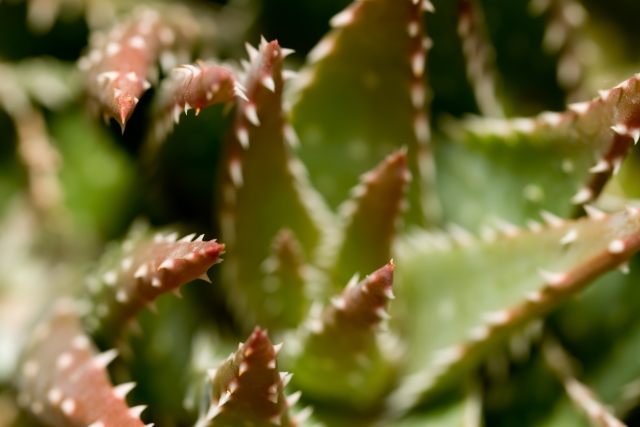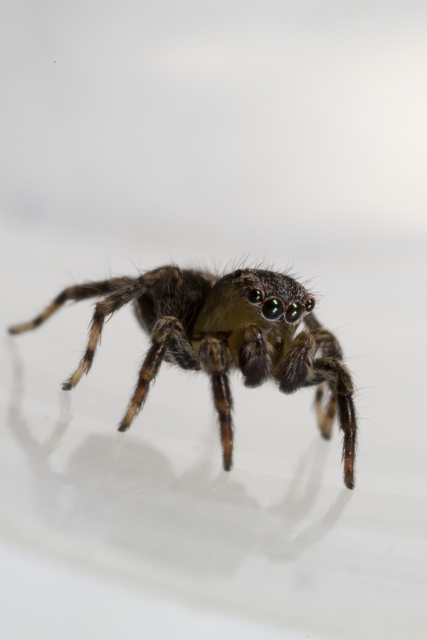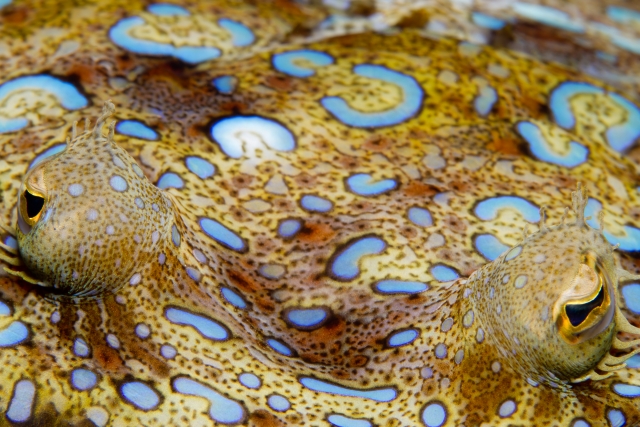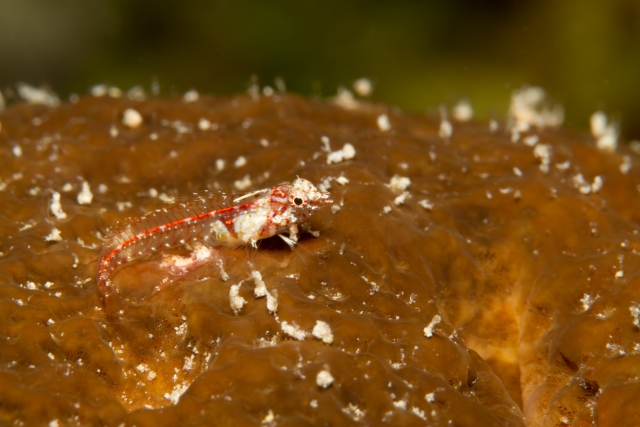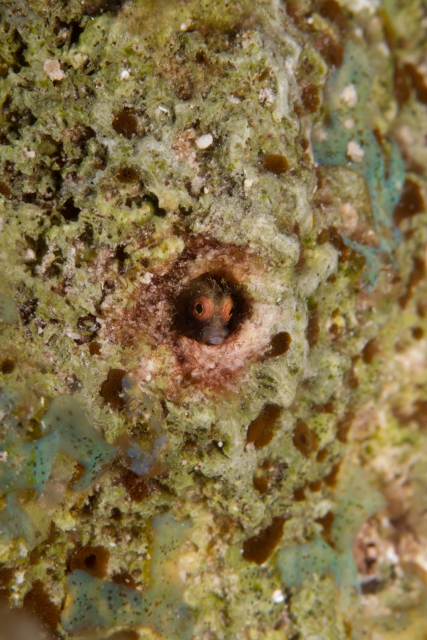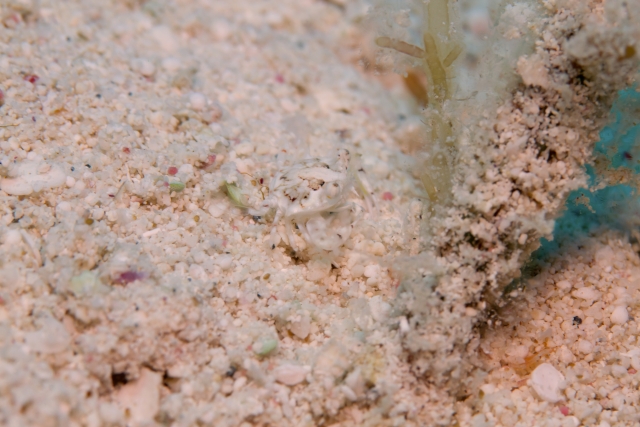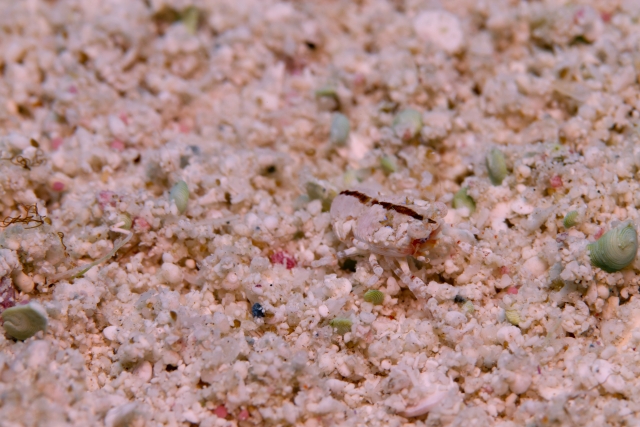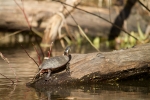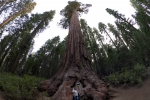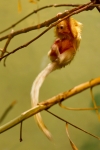macro
Nudibranch Assortment
ktuli — Mon, 01/14/2013 - 18:41
What would a retrospective of my blog be without an assortment of one of my favorite underwater critters... nudibranchs. These shots are from Wakatobi, Turks and Caicos, and our trip to Saba/St. Maarten/St. Kitts.
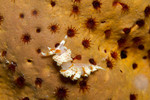 |
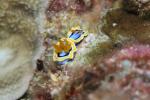 |
 |
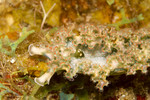 |
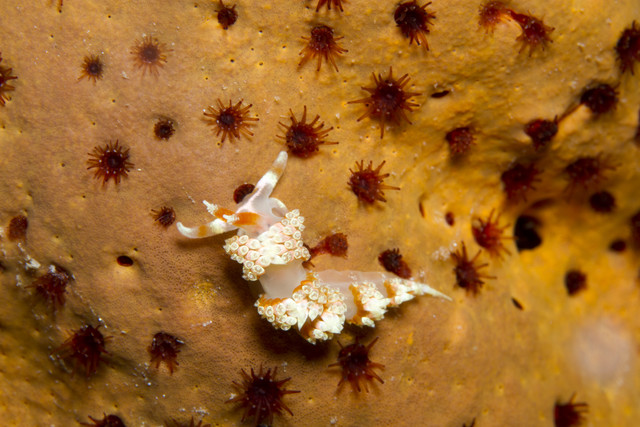 |
|||
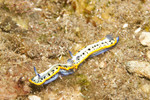 |
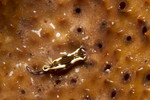 |
 |
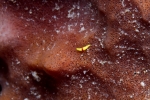 |
OK - I have to admit, I'm not even sure if that last one is actually a nudibranch. It was absolutely tiny, and I could not magnify it any larger. It sure moved like a nudi, and those bright colors make me think it might be one, but I can't find anything in any of my ID books that looks similar. But until I'm proven differently, I'll tell myself it is a new species of nudibranch that hasn't been identified yet. Perhaps I should name it... ;)
- Bill
Recent Phipps Trip
ktuli — Fri, 01/11/2013 - 21:37
Alright, today's trip into the archive doesn't go very deep as both of these are from my most recent visit to Phipps, but I've overlooked them for posting, and figured it was worth sharing them now.
Technical Data: Canon EOS 7D, Canon EF 100mm f/2.8L Macro IS USM, 1/160 sec at f/4.5. Image Stabilization on. ISO 100. Canon Speedlight 580EX II flash in eTTL mode and bounced through an ExpoImaging Rogue Flashbender. RAW processing in Adobe Camera Raw.
Technical Data: Canon EOS 7D, Canon EF 100mm f/2.8L Macro IS USM, 1/500 sec at f/3.5. Image Stabilization on. ISO 100. RAW processing in Adobe Camera Raw.
Tune in tomorrow... we'll go a little deeper into the archives.
- Bill
Turks & Caicos Explorer: Squirrelfish
ktuli — Wed, 01/09/2013 - 21:51
Ok - trying something different tonight... here's a nice little squirrel fish.
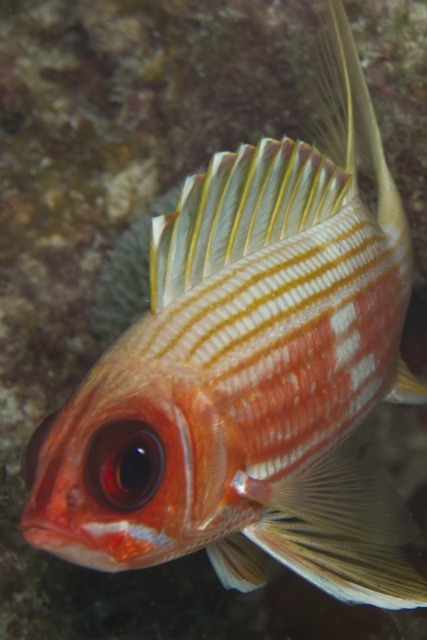
Technical Data: Canon EOS 7D, Canon EF 100mm f/2.8L Macro IS USM, 1/200th sec at f/11. Image Stabilization on. ISO 100. Ikelite Housing and Port with Ikelite 161 Strobe in TTL Mode. Raw conversion in Photoshop CS5.
Hopefully this post looks normal because it was a challenge to write because I posted it from my new tablet...
- Bill
More Jumping Spider Reflections
ktuli — Fri, 12/28/2012 - 12:34
Ok - been a while since we've had any spider photos...
Technical Data: Canon EOS 7D, Canon MP-E 65mm f/2.8 1-5x Macro, 1/250 sec at f/16. Canon Macro Twin Lite MT-24EX in ETTL mode. ISO 100. RAW processing in Adobe Camera Raw.
I can't wait till jumping spiders are around again.
- Bill
Turks and Caicos Explorer: Patterns of the Reef (part 5)
ktuli — Thu, 12/27/2012 - 10:38
Ok - I figure I'll continue this series. This entry is a look at the beautiful pattern on a Peacock Flounder. Normally, you don't get to see this amount of color because they stay on the bottom and mute their colors to camouflage on the sand. This one I found up on the reef, so he had all of his colors as bright as possible to blend in there.
Technical Data: Canon EOS 7D, Canon EF 100mm f/2.8L Macro IS USM, 1/120th sec at f/16. Image Stabilization on. ISO 100. Ikelite Housing and Port with Ikelite 161 Strobe in TTL Mode. Raw conversion in Photoshop CS5.
Thanks for stopping by!
- Bill
Focus Stack: Praying Mantis
ktuli — Mon, 12/17/2012 - 20:20
Yesterday, while walking our dogs, I spotted a dead praying mantis laying in some bushes. Since a live mantis would never sit still for a focus stack process, I decided this was a perfect opportunity to try one, so I picked it up in a plastic bag and carried it home to photograph.
A focus stack is a process of taking multiple photos, each with a slightly different slice of the scene in focus. Once you have all of your slices, you can run it through some software (in my case, I used Zerene Stacker) to align and stack the slices into a super-image with all of the scene in focus. This process is very popular for macro photographers where the depth of field can be very small (even with a small aperture).
This is the first time I've ever tried this, so I don't know if I did things right or not - I pretty much just accepted the defaults and let the software do its thing. Zerene provides two different stacking algorithms - one called DMap and another called PMax - so I tried both to see what results I could get. Here I also provide a single slice for the set to show just how little in focus I was getting for each slice.
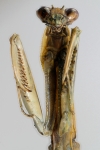 DMap |
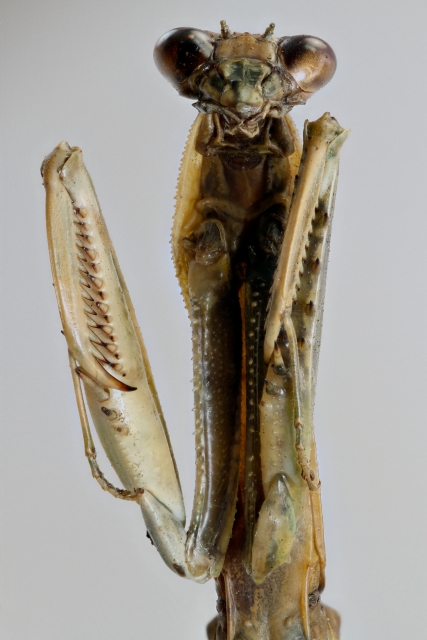 |
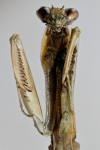 PMax |
|
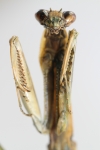 Single Slice |
Technical Data: Canon EOS 7D, Canon EF 100mm f/2.8L Macro IS USM, 1/250 sec at f/5.6. Canon Speedlight 580EX II flash in eTTL mode and wireless control. Image Stabilization off. ISO 640. 22 image stack processed in Zerene Stacker.
As you can see this shot above was done with my 100mm macro lens, but was shot at about 1:1.5 magnification, meaning it is not at lifesize magnification. I had to do this to get the head and forearms in the shot at once. Unfortunately, it wasn't very flexible, so I didn't have much choice on the posing or I would have moved the arm on the right a bit to separate it from the body; however, I was afraid of breaking the arm off, so I didn't try to move it.
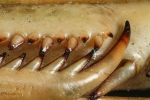 DMap |
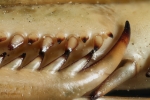 PMax |
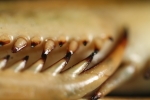 Single Slice |
 |
||
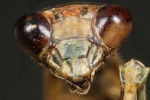 DMap |
 PMax |
 Single Slice |
Technical Data: Canon EOS 7D, Canon MP-E 65mm f/2.8 1-5x Macro, 1/250 sec at f/5.6. Canon Macro Twin Lite MT-24EX in ETTL mode. ISO 100. 17 and 18 image (respectively) stack processed in Zerene Stacker.
As you can see, the DMap method seems to leave some really undesirable artifacts in the final image that look ugly. I'm not sure if that was my fault for not configuring something correctly (or from my old computer not keeping up), or if that method doesn't work well for this kind of shot, or what. I'll have to do more research and see whether I can figure out why that happened.
With the second and third shots, I used the Canon MP-E 65mm macro lens. For the claw, I used a 4x magnification (4:1), and a 2x magnification (2:1) for the face. With the face, I apparently should have taken more shots to get the "neck/shoulders" in focus as well at the bottom of the frame - that was my mistake because I was looking at the top of the mantis' head as I moved the focus forward to get the slices and forgot to look at the rest of the frame.
To take these shots, I had my camera mounted on my macro focusing rail and set the lens in manual focus mode and simply moved the whole rig forward and backwards to get the slices I needed. To be honest, it was a lot of work to setup the shot and make the very small adjustments to get all the necessary slices.
- Bill
Orchid Assortment
ktuli — Wed, 12/12/2012 - 19:06
Ok - we'll towel off again for a bit of non-dive photography. Enjoy the orchids!
 |
||
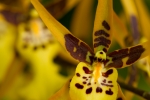 |
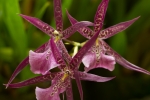 |
 |
Technical Data: Canon EOS 7D, Canon EF 100mm f/2.8L Macro IS USM, 1/40 sec at f/5 (left), 1/30 sec at f/5 (middle), 1/120 sec at f/5.6 (right). Image Stabilization on. ISO 100. Canon Speedlight 580EX II flash in eTTL mode and bounced through an ExpoImaging Rogue Flashbender (right image only). RAW processing in Adobe Camera Raw.
Thanks for stopping by.
- Bill
Nature's Fireworks
ktuli — Fri, 12/07/2012 - 08:47
Ok - a quick break from the dive photos to share an abstract taken on a recent trip to Phipps Conservatory.
Technical Data: Canon EOS 7D, Canon EF 100mm f/2.8L Macro IS USM, 1/100 sec at f/8. Image Stabilization on. ISO 100. Canon Speedlight 580EX II flash in eTTL mode and bounced through an ExpoImaging Rogue Flashbender. RAW processing in Adobe Camera Raw.
- Bill
Turks and Caicos Explorer: Nudibranchs
ktuli — Wed, 12/05/2012 - 19:39
We didn't get to see many nudibranchs on this trip, but here are a couple shots of the two species we did see...
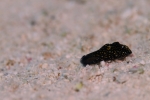 |
 |
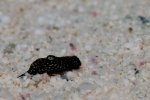 |
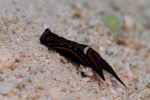 |
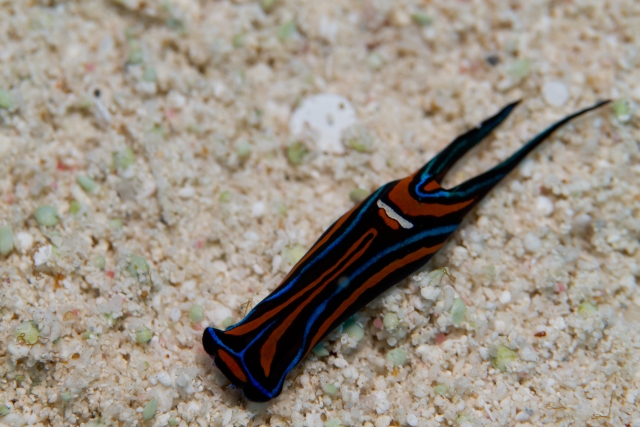 |
|||
There's a trip to Wakatobi planned for Feb 2014, so I'm looking forward to that for my nudibranch fix.
- Bill
Turks and Caicos Explorer: Find the Reef Critter
ktuli — Mon, 12/03/2012 - 20:25
So if you've been following along, you'll know that I love finding the little stuff. On land, it is one thing... and I'm constantly looking for bugs and spiders. On the reef, it takes on an entirely new challenge. Like the search for the Gaudy Clown Crab, finding interesting and beautiful tiny little creatures while on a dive is something I take great pride in doing.
Normally I would post cropped photos with their originals available with a mouse-over action. Instead, for these, I'm going to post the original and let you see if you can spot the tiny little critter. If you're having a hard time, simply mouse-over the image for a cropped view that should help...
We'll start off with something easy...
Technical Data: Canon EOS 7D, Canon EF 100mm f/2.8L Macro IS USM, 1/200th sec at f/16. Image Stabilization on. ISO 160. Ikelite Housing and Port with Ikelite 161 Strobe in TTL Mode. Raw conversion in Photoshop CS5.
Too easy? Ok - well, think about it this way. That shot was taken at 1:1.5 magnification. That means the frame is 1.3 inches x 0.9 inches. Looking at how much of the frame that Roughhead Triplefin (Enneanectes boehlkei) takes up, I'd estimate that it was only a mere 0.75 inches long. Sure - he stands out while sitting on top of that sponge, but still... that is a translucent bodied fish with some white markings (that mimic the white detritus stuck to the sponge) in a vast ocean.
Ok - this next one should be fairly easy too...
Technical Data: Canon EOS 7D, Canon EF 100mm f/2.8L Macro IS USM, 1/200th sec at f/16. Image Stabilization on. ISO 160. Ikelite Housing and Port with Ikelite 161 Strobe in TTL Mode. Raw conversion in Photoshop CS5.
That shot is also at 1:1.5 magnification, which makes that little guy about 0.15 inches high if my math is right. It is either a Roughhead (note the fringes above its eyes in the zoomed version) Blenny (Acanthemblemaria aspera) or a Secretary Blenny (Acanthemblemaria maria) - I can't tell which without more visibility to the markings on the side of the fish. I posted another blenny from last year's trip as well for more examples of these tiny little fish.
Alright, that's enough of the easy ones. Now we'll take a look at where camouflage and tiny size come together to make for an truly difficult find...
Technical Data: Canon EOS 7D, Canon EF 100mm f/2.8L Macro IS USM, 1/160th sec at f/11. Image Stabilization on. ISO 160. Ikelite Housing and Port with Ikelite 161 Strobe in TTL Mode. Raw conversion in Photoshop CS5.
That little guy is some sort of crab. I'm not able to find it in any of the identification books I have (not really surprising). Who knows - it could be a baby of some larger species of crab, or it could be that small all the time. Perhaps I found something no one else has ever seen before. All I know it is was tiny - probably in the range of 1/5th of an inch - and blended in perfectly with the sand.
Technical Data: Canon EOS 7D, Canon EF 100mm f/2.8L Macro IS USM, 1/200th sec at f/11. Image Stabilization on. ISO 160. Ikelite Housing and Port with Ikelite 161 Strobe in TTL Mode. Raw conversion in Photoshop CS5.
That ridiculously tiny and cryptic thing appears to be some sort of shrimp or maybe even a lobster larvae. Once you see it, that dark stripe really stands out, but considering this was spotted just out on the sand, it really wasn't easy to spot.
Having said all that, don't ask how I spot these things - the answer is "I just do". I can't explain it, I can't tell you what specifically I look for - I just scan constantly and things jump out at me. A line that breaks a pattern (eyes are usually a dead giveaway), or a pattern itself in some camouflage, or a tiny bit of movement - regardless of what it is, my eyes are constantly searching when I'm on a dive. Searching for the next awesome little critter to zoom in on and reveal a view on something most people don't get to see.
When's my next dive trip scheduled???
- Bill

